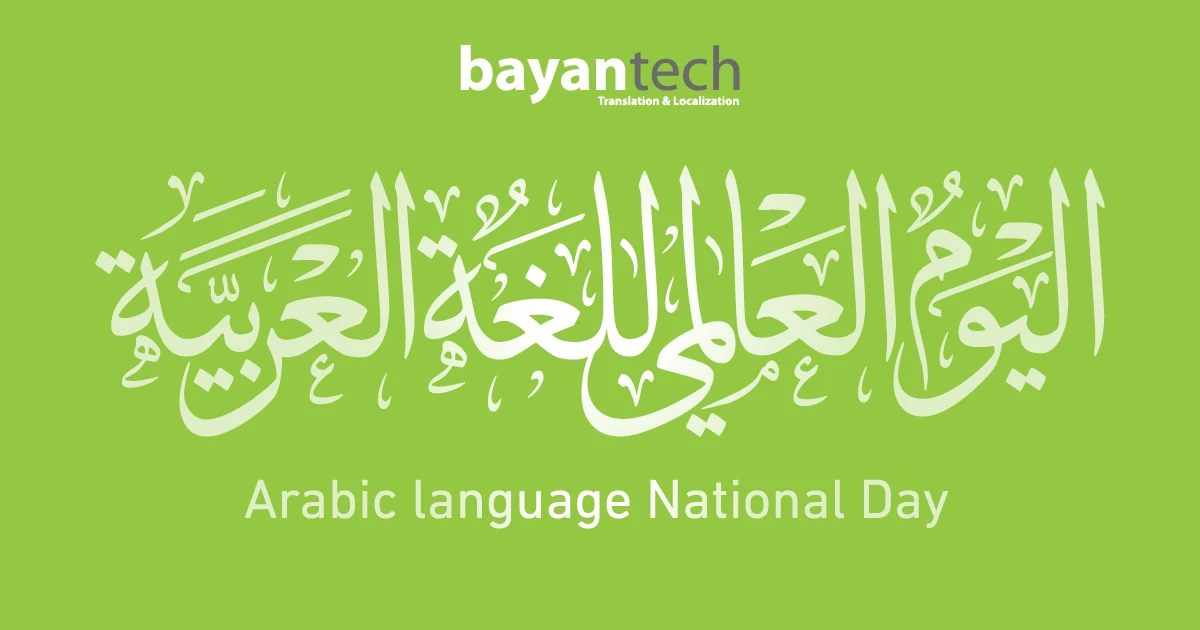As the saying goes: there’s nothing like the smell of books. Yet, time changes, and different times call for different measures. That’s why, in our modern world, converting books to a digital format, aka ebook conversion, is in great demand, becoming a popular reading standard.
Consequently, eBook Conversions Services has become needed by ebook or etextbook authors and publishers to increase the visibility of their digital publications through making them available for potentially interested users in different formats and also making them well-accessible and compatible with smartphones, tablets, or any other popular e-readers they might be using out there.
In this blogpost, we will walk you in-depth through the best practices for the whole aspects involved in the eBook Conversions process, helping you to confidently take your decision and be capable to run the conversion process in a very professional manner, guaranteeing quality.
So, are you ready to start? Let’s dive right in!
What Are the Most Popular Formats of eBooks?
Publishing ebooks can take different types of formats. Here we are introducing some of the most popular formats:
- ePub: This is the most popular and globally accepted format for more than 200 e-readers and digitalpublishing platforms including Amazon Kindle Fire, Google Books, Barnes, Noble Nook, Apple iBook, Adobe Digital Edition, and a lot more. On the other side, the ePub file extension authentically and naturally displays on many devices such as PC, Mac, iPad, iPhone, Sony Reader, Kindle, etc.
ePub is the most recommended ebook format. It has been recognized as a standard format among major ebook publishers and retailers and commonly preferred by users. Basically, it’s an XML-Based ebook format that supports both fixed width layout and reflowable content.
- Mobi: It’s Mobipocket ebook format and also has two file extensions .prc and .mobi. Not only is it compatible with multiple platforms and e-readers, but it’s also very well-known for its advanced features for users and control over complex content. It’s great for users in the sense that it allows them to add additional pages, annotations, freehand sketches, bookmarks, highlights, corrections etc. It may include even a dictionary.
Localization, as well as eBook formatting and conversion companies, generally recommends this format for publishers who are targeting users with small mobile devices.
It’s also worth mentioning that Mobi enables trouble-free conversion to other commonly known formats such as ePub. Some epublishing giants, such as Amazon, have developed its .epub to .mobi converter which called KindleGen to streamline the process and make it more effortless.
- AZW: This ebook file format is created by Amazon, with the first Amazon Kindle in 2007. It’s technically based on Mobipocket, but with differences in compression option, serial number scheme, and DRM formatting. Not being strictly used on the Amazon Kindle, AZW can be downloaded and read on different types of smartphones, computers, and tablets.
- LIT: Developed by Microsoft, LIT files are only and exclusively readable on Microsoft Reader program. Despite the discontinuation of the LIT format for ebooks, it’s still used but without adding any new content.
- PDF: Adobe Systems created this very popular and widely-used ebook format. PDF files are supported by almost all modern ebook readers, tablets, and smartphones. Surprisingly, however, PDF might not be the best option for small-screen smartphones. This is due to the fact that the content in PDF is scaled for A4 or letter size, which affects readability when reduced.
Who Can Provide eBook Conversions Services?
To answer this question right, we have to put two things in mind. Firstly, the eBook Conversions process is not something we can rock using an all-in-one tool or automated solution. True, that automation might help to streamline some steps involved in the process. However, eBook Conversions is a collaborative process that combines both technical and linguistic work that has to be done by humans for the sake of the most accurate outcome.
Both ePublishing agencies, as well as Localization agencies, can provide epub conversion services. Although a reliable localization agency would have a multilingual desktop publishing (DTP) team backboned with strong linguistic and text verification assets to produce flawlessly verified manuscripts and properly handle the graphics/images with embedded text conversion as well, it may lack the necessary technical know-how since probably that wouldn’t be the mainstream work for a company that normally provides translation and localization services.
On the other hand, an ePublishing agency may have the technical knowledge but might be lacking the linguistic sets – especially, if the ebook text involves other languages rather than English or maybe Right-to-left (RTL) languages.
Bottom line here is: choosing the right partner for ebook conversions services actually depends on the nature and requirements of each project.
How to Measure the Complexity of eBook Conversions?
There are several factors that measure how complex the ebook conversion is going to be; that includes the language of the script whether Latin or Non Latin, LRT or RTL, In-page elements, as well as the format of the source ebook – whether it’s MS word, searchable or non-searchable PDF, Indesign, or other potential file formats.
All these factors combined, consequently, define the amount of time and the kind of efforts involved in the process. Probably, this is why it is always good to understand these factors and consider them while creating your eBook in the first place.
So, let us explore more about these factors and start off with in-page elements
Although, the numbers may vary as there is no clear metrics to categorize the complexity of an ebook among vendors and service providers, the numbers below will give you an idea of how complexity is being estimated among vendors.
Elements | Element Definition |
| Displays (Graphics Conversion) | Images: photographs, drawings, diagrams, formulas, equations, tables. Lists: Ordered and unordered lists, embedded lists. Exceptional Text: Call-outs, sidebars, text boxes, box notes, margin notes. |
Links (other than URL and TOC) | Footnotes & Endnotes. Linked in-text references (within body of the book) to figures, illustrations, tables, maps, etc. |
| Column Layout | |
Links to TOCs / External URLs |
|
So, for instance, if an ebook contains roughly up to 20 displays and up to links/100 pages, normally, it would be considered a simple one. However, these numbers increase for medium and complex ebooks, and could reach 150 displays and up to 300 links per 100 pages. If the amount of displays and links have gone above that or maybe the source etextbook is double columned or more in terms of column layout, certainly it would be considered a very complex ebook.
Manuscript Type or Source Format(s):
| Word (.doc/.docx) |
| InDesign (.indd) |
| Searchable (Text) PDF – Text can be copied and pasted externally |
| Scanned (Image) PDF |
How the Conversion Process Go?
NOTE: The conversion process demonstrated below will modelize how the conversion process goes for ePub eBook format. Of course, there might be several common steps, still the whole process may vary at some point if you aim for producing other formats.
Below is a brief outline of the conversion process from different formats to epub.
- For MS Word files
This one involves file formatting using InDesign or other desktop publishing software application, then converting them into epub.
- For InDesign files
These files require replacing all the fonts to a Unicode Font in some cases, fixing the document split options, performing full format to the file, then finally we convert it to epub.
- Searchable (Text) PDF – Text can be copied and pasted externally
In this case, the process is almost similar to converting from Microsoft word to ePub. The PDF text should be copied & pasted then formatted in of the desktop publishing software applications (Preferably, inDesign) then converting it to ePub format.
- For Scanned (Image) PDFs: This is how it goes:
- Manuscript Conversion: OCR (Optical character recognition) or retyping for complex eBooks (Depends the quality of the OCR outcome)
- Complete Proofreading and Text Verification
- Desktop publishing (DTP) formatting
- Epub Creation
A common step for all formats is that the converted ebook goes through the quality assurance checks and Epub validation using different readers such as Calibre, Readium, Bookviser, EpubReader, Kindle etc., in addition to all the necessary edits inside XML. through the necessary edits inside XML files.
Conclusion
Our modern world craves change, and ebook is a revolutionary change. Everyone is turning to ebooks, and now it only sounds reasonable to start considering eBook Conversions Services. The process is quite sophisticated, which entitles you to choose your service provider carefully in order to turn your vision into a reality, which comes in the form of an ebook, accessible and easy on the eyes to the users.
BayanTech can help you with your next eBook Conversions Services Process. For more information, contact us.







